
We all want to keep our homes clean, but even the most diligent cleaners can overlook certain areas that are easy to forget. Unfortunately, these neglected spots can become breeding grounds for bacteria, mold, and pests, which could pose risks to your health and safety. Here are 15 commonly forgotten household areas that you should pay more attention to!
Under the Refrigerator
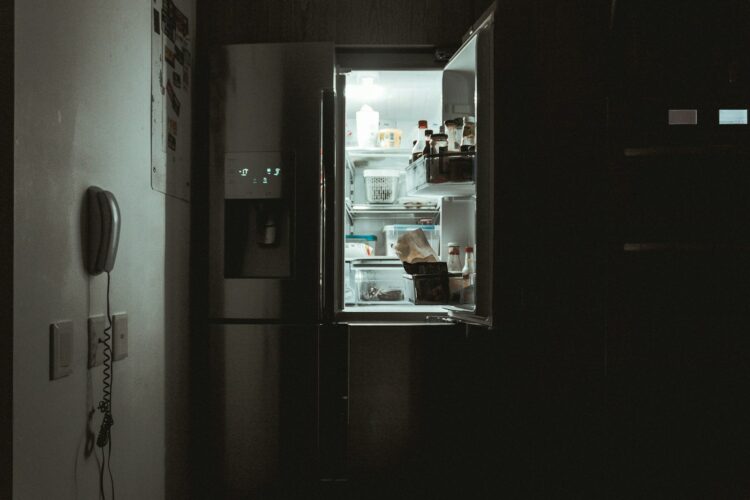
The area under your refrigerator can collect dust, food particles, and spilled liquids. It creates the perfect environment for bacteria and pests like cockroaches and ants. Additionally, dust accumulation can cause your refrigerator to overheat, which may reduce its efficiency or even lead to fire hazards. Ignoring this area can lead to pest infestations, bacteria growth, and potential appliance damage.
Ceiling Fans

Ceiling fans are often neglected because they’re out of sight, but dust and allergens can accumulate on the blades. When you turn on the fan, those particles are dispersed into the air, which can aggravate allergies and respiratory issues. Dust and allergens can worsen indoor air quality, triggering allergies and asthma symptoms.
Behind the Toilet
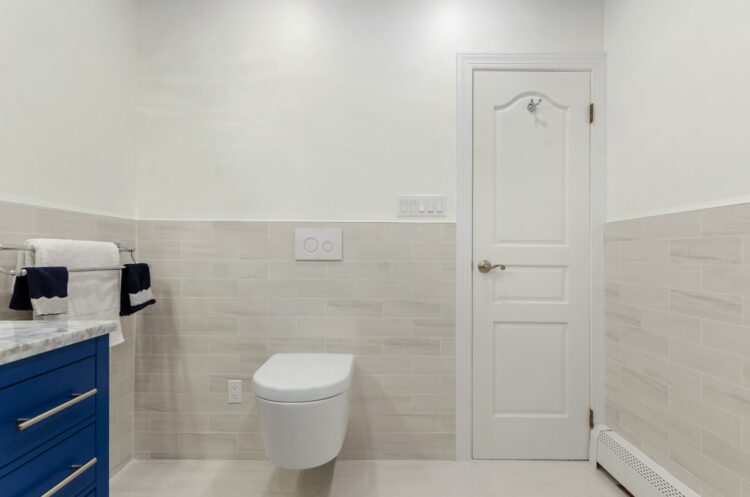
Many people focus on cleaning the toilet bowl but forget to clean behind the toilet. This area can collect dust, hair, and moisture, which can lead to mold growth and create an unsanitary environment. Mold and bacteria in a moist area can spread and potentially cause respiratory issues and foul odors.
Window Tracks
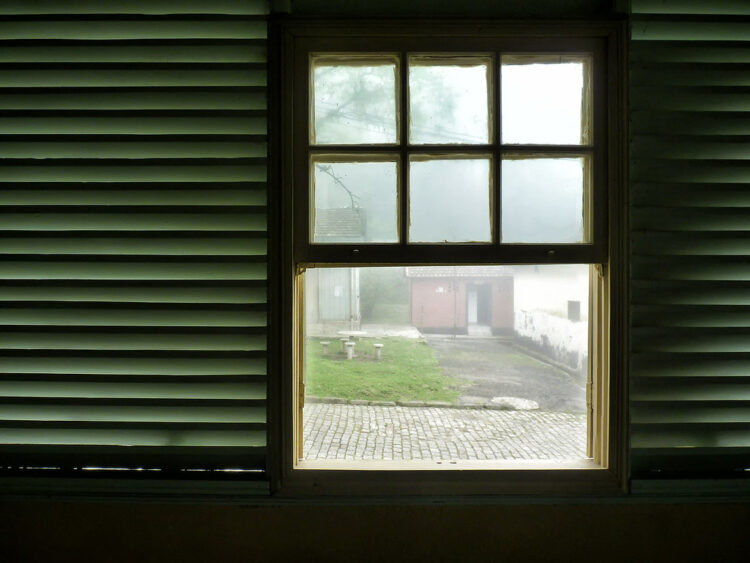
Window tracks often collect dust, pollen, and even insects. If left uncleaned, this buildup can affect the functionality of your windows and introduce allergens into your home. Built-up dirt and allergens in window tracks can worsen indoor air quality and may invite pests like spiders.
The Dishwasher Filter
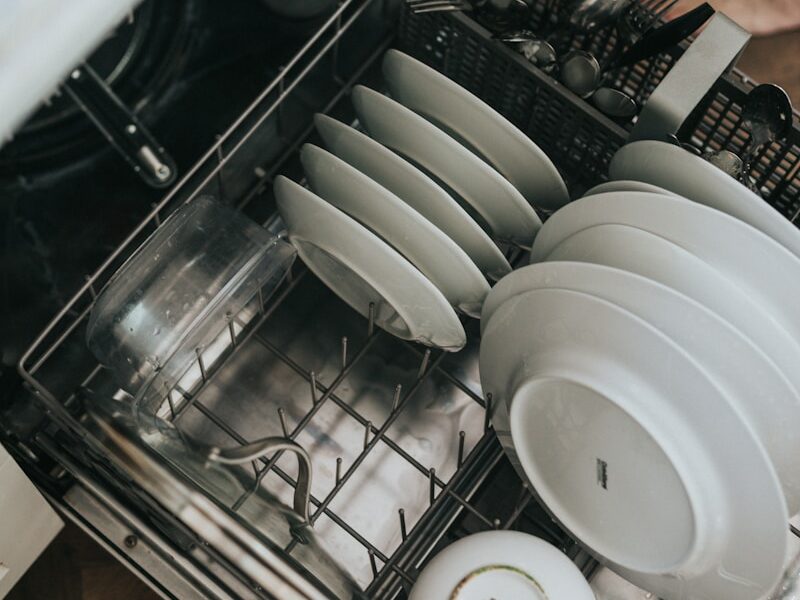
Although dishwashers clean dishes, their filters can accumulate food particles and grease over time. A clogged filter reduces the efficiency of your dishwasher and can cause foul odors and bacterial growth inside the appliance. A dirty filter can lead to bacterial contamination, causing odors and potentially affecting the cleanliness of your dishes.
Underneath Furniture

Dust and debris tend to gather under couches, beds, and other heavy furniture. These hidden piles of dust can attract dust mites and lead to poor air quality, particularly if you have pets that shed hair. Dust buildup under furniture can trigger allergies and provide hiding spots for pests.
Air Vents and Ducts
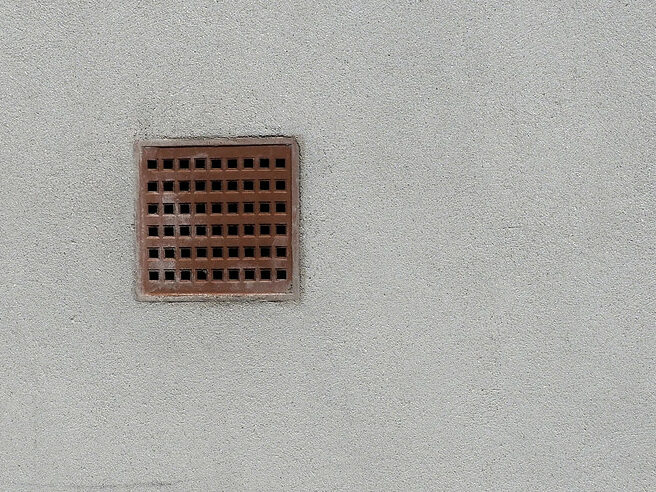
Air vents and ducts can accumulate dust, pet dander, and mold over time. When the HVAC system runs, these contaminants can be circulated throughout your home, reducing air quality. Poor air quality caused by dirty air ducts can aggravate respiratory issues, allergies, and asthma.
Light Switches and Door Handles
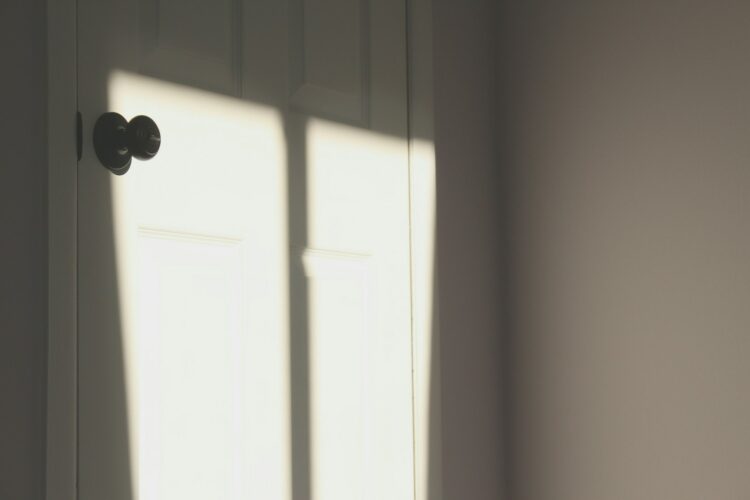
These high-touch surfaces often go overlooked, even though they’re some of the dirtiest areas in the house. Bacteria and viruses can easily spread through frequent contact. Germs on light switches and handles can easily be transferred from person to person, increasing the risk of illness.
Shower Curtains and Liners
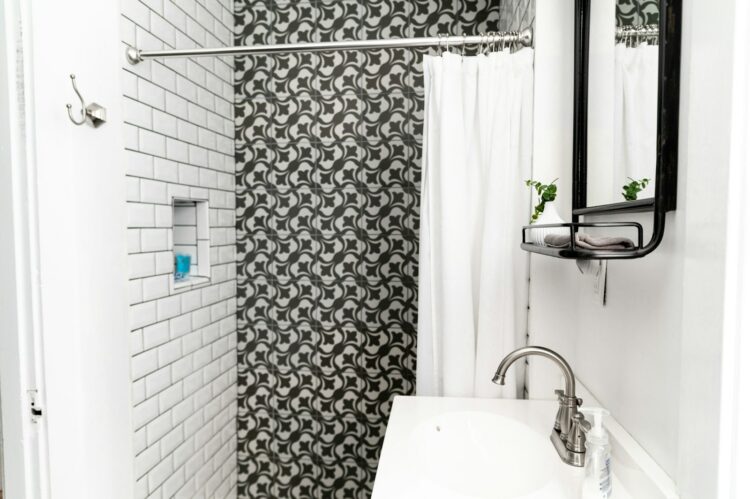
Over time, shower curtains and liners can collect mold, mildew, and soap scum, especially in humid bathrooms. If not cleaned regularly, they can harbor bacteria and fungi that spread into the air. Mold spores from shower curtains can trigger respiratory problems and lead to mold growth in other parts of your bathroom.
The Tops of Cabinets and Appliances
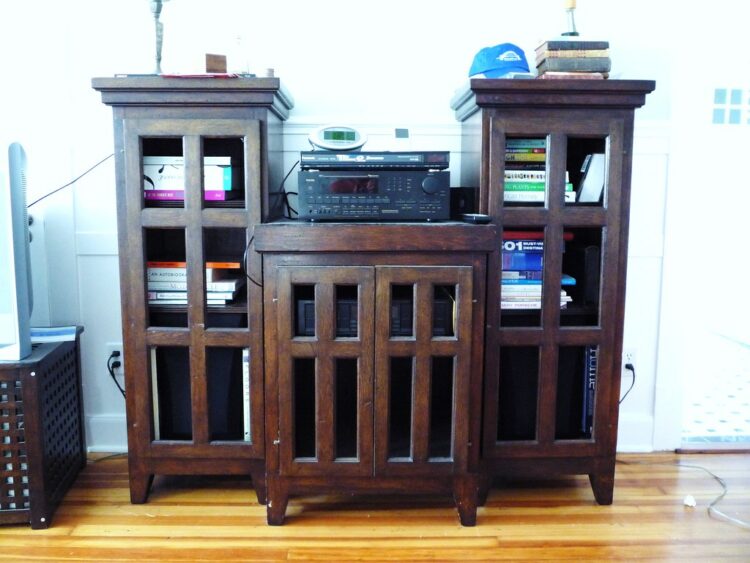
The tops of cabinets, refrigerators, and other tall appliances are often out of sight, making them easy to forget. However, dust, grease, and cobwebs can accumulate there over time. Dust and grease buildup can become a fire hazard, especially in the kitchen, and can worsen air quality.
Remote Controls

Remote controls are frequently touched but rarely cleaned. They can harbor bacteria, dirt, and even food particles from sticky hands, making them a prime spot for germs. Remotes can spread germs throughout the household, increasing the risk of infections and illnesses.
The Baseboards
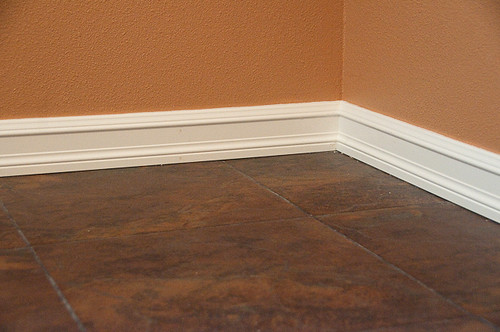
Baseboards tend to collect dust, hair, and grime, particularly in high-traffic areas. Since they are close to the floor, they often get dirtier than you might expect and are easy to overlook during routine cleaning. Dusty baseboards can lead to poor air quality and create an environment that attracts pests like dust mites.
Garbage Disposal
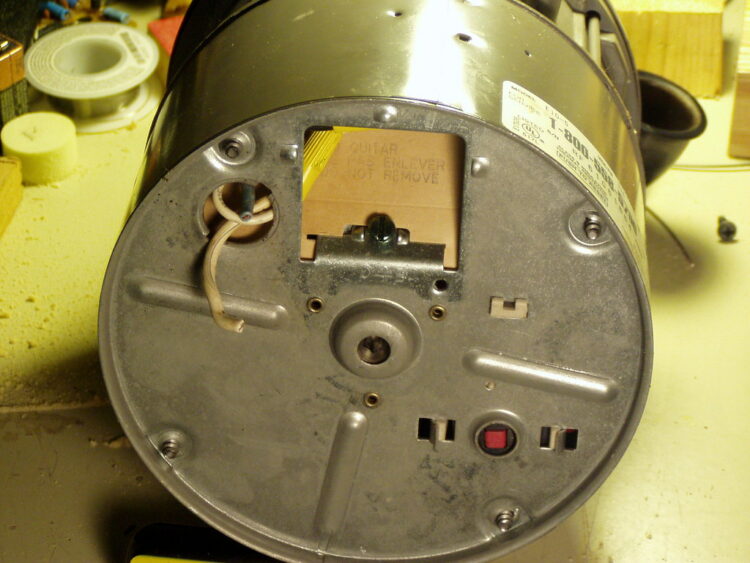
Garbage disposals are designed to grind up food waste, but they can also collect food particles, grease, and bacteria over time. If not cleaned regularly, this can lead to unpleasant odors and clogged pipes. Bacteria buildup and food residue can cause foul odors, drain blockages, and even attract pests like flies.
Laundry Room and Dryer Vents
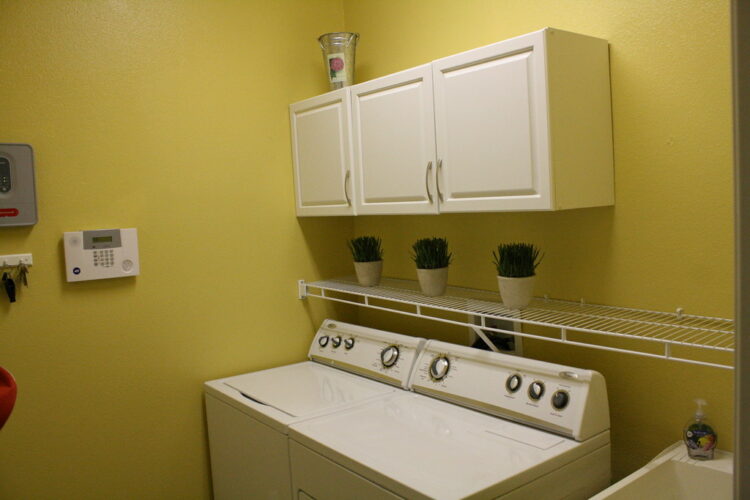
Lint and dust can accumulate in the laundry room, particularly around the washer and dryer. Dryer vents are especially important to clean, as lint buildup can pose a serious fire risk. Excessive lint in dryer vents is a leading cause of house fires. Regular cleaning reduces this risk and improves dryer efficiency.
Under the Sink
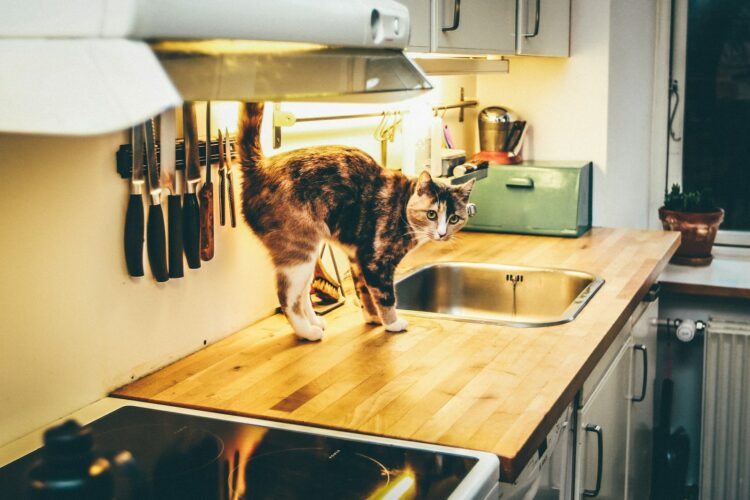
The area under your kitchen or bathroom sink is often cluttered with cleaning supplies or miscellaneous items, making it easy to forget. Moisture from leaks can accumulate in these spaces, leading to mold growth or attracting pests like cockroaches. Moisture buildup can lead to mold, which can affect indoor air quality and cause structural damage.

